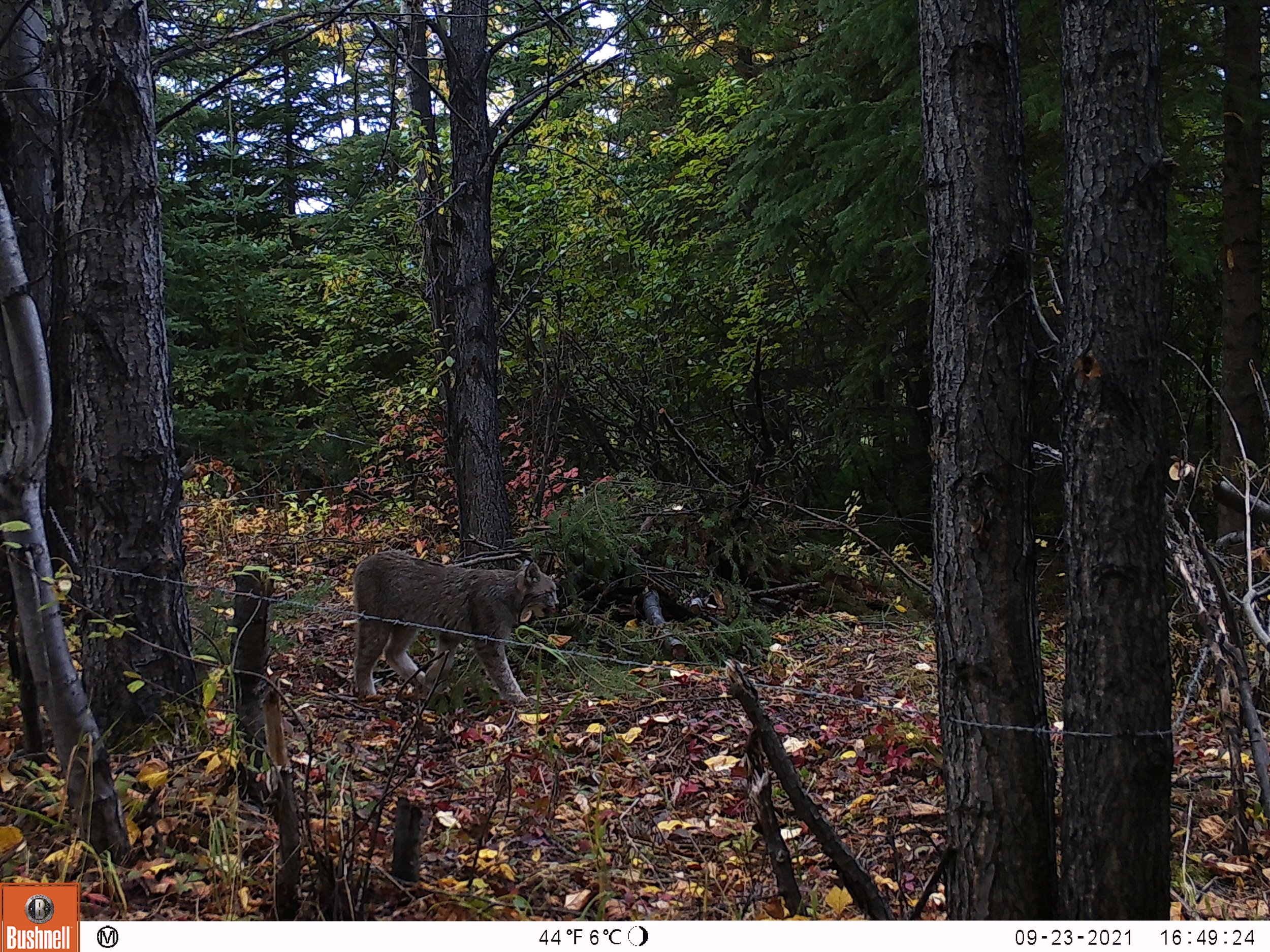Ecological Research
I am currently an ecologist with the Predictive Ecology group, a part of the the Canadian Forest Service, working on ecological modelling of forests in We at a range of scales.
Previously I completed a Master’s degree in the Earth Observation and Spatial Ecology Lab at the University of British Columbia, Okanagan Campus. My thesis focused on province-wide variation in grizzly bear diet using stable isotope analysis, estimating diet for over a thousand bears to create fine-scale predictive maps of diet for all of British Columbia.
My past research experience includes work with Dr. Ken Lertzman and the Forest Ecology and Management Lab at Simon Fraser University, and with the Ministry of Forests Research Program in Smithers, B.C.
My CV is available here.
Research Interests
Forest Ecology
My background is based in the study of the processes that drive forest development in western North America. I’m particularly interested in how different scales of disturbance history define the different forest types that occur through western North America and how those processes vary across different environmental gradients. Past projects I’ve worked on include understory light environments using hemispheric canopy photography, wildfire rehabilitation, Whitebark Pine restoration, and ecosystem classification. I’ve spent much of my adult life working in the field on forest ecology and forestry related projects, including but not limited to soil and ecosystem identification, conventional forestry, and wildlife habitat projects. In my free time I also work to contribute measurements of big trees to British Columbia’s Big Tree Registry with the specific goal of increasing the representation of overlooked species, ecosystems, and regions in the registry’s culturally and ecologically important dataset.
Wildlife Ecology
My Master’s work focused on fine scale spatial variation in grizzly bear diet using stable isotope analysis. I used stable isotope analysis to identify black and grizzly bear diets and to investigate how different factors affect bear diet and niche. My work includes spatial analysis to understand how wildlife ecology varies across different environmental gradients. In the past, I have worked in the field on DNA-based bear population inventories, wildlife camera traps, and on bear-food identification studies.
Habitat Biology
My greatest research interests centre on how forest structure drives wildlife ecology. The wide variety of forest types in British Columbia are home to many different wildlife species, some of which are able to flourish across wildly different forests. In all my work with wildlife, I am always considering how the underlying habitat structure drives species niche, population densities, and individual behaviour. In the past I have worked on projects that focus on how forest structure drives food availability for grizzly bears and caribou.














































